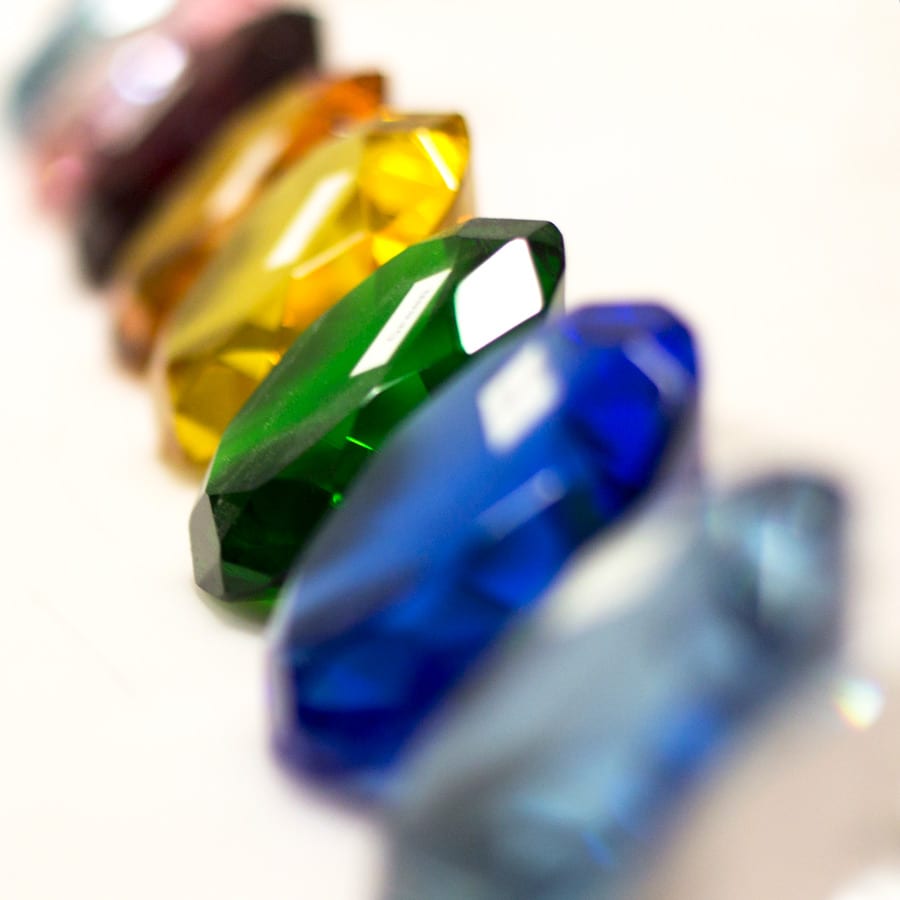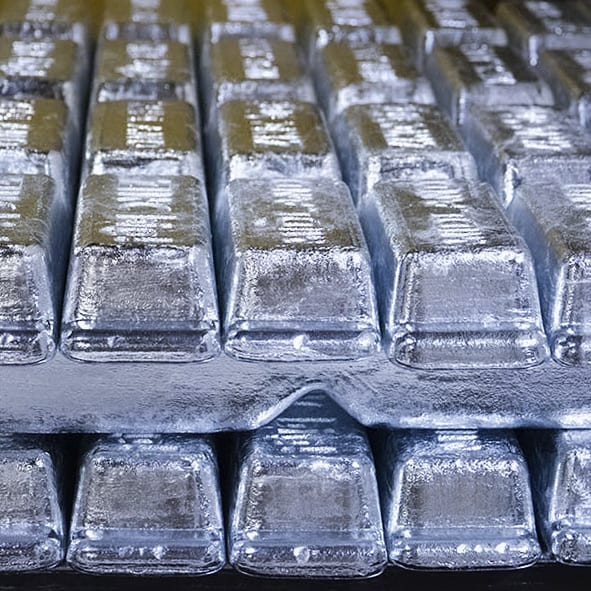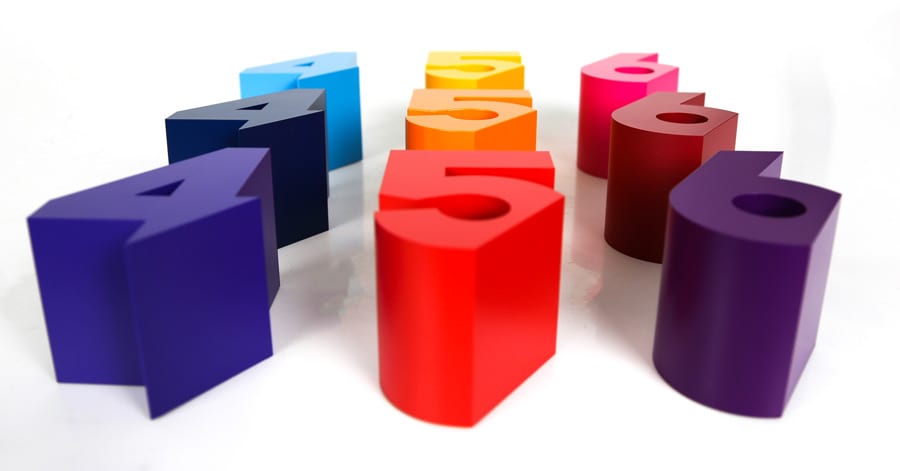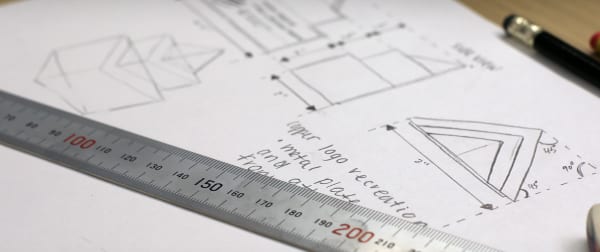Material for Custom Recognition: Aluminum Vs. Crystal
Scenario: You are planning your company’s upcoming recognition event, but you have no idea where to start. The responsibility is now yours after some recent company turnover. No one else is available to take it on and the questions keep piling up in your head. You may not know where to start with the budget or how to relay the proposed vision of the design. Most importantly, you are not yet aware that the choice of material for custom recognition is going to be a major role in the whole process.
There are many things to consider when choosing the right material for your custom recognition project. Different materials have different sourcing costs, weight and flexibility.

Some of the most common materials when designing recognition pieces are crystal and a metal called aluminum. These two materials have a completely different look and feel. Among all else, there are many complexities to consider when planning a custom recognition design with either one of these materials.
WEIGHT
Weight is possibly one of the biggest factors to determine before the decision-making process begins. With custom awards, it is common to choose materials that are heavier in weight. This tends to portray a higher quality product, and in turn, a higher cost, but that may not always be the case.

One of the best instances of this is crystal. At Cristaux, we use grade “A” optical crystal for all custom projects. On a Cristaux scale, crystal is at a level “5” in weight as one of the heavier materials we use. If the end goal is to depict a higher quality custom award, crystal is a good option to choose.

Making Aluminum
As for aluminum, the weight can vary. At Cristaux, we use three main types of the metal: aluminum plate (also known as aluminum sheet), aluminum block, and aluminum cast. Aluminum plate is the lightest in weight, aluminum cast is a moderate weight, and aluminum block is the heaviest weight with a rating of “4.”
COST
As one of the most important factors when it comes to designing custom recognition projects, the cost of material for custom recognition can drastically affect the final product. Custom personalization can become somewhat costly if you have chosen an expensive material to start from.
Cristaux adapts to the needs of the client. We can swap out materials and different modes of processing to better align with strict budgets. Our educated team shares their knowledge with each client to get the most efficient result and offers ways to reduce costs while keeping each vision intact.
Crystal and aluminum plate (sheet) are both budget-friendly materials on the cost scale at a rating of “1.” Aluminum block has a moderate cost while aluminum cast is one of the more expensive material types to choose from.
PROCESSING FLEXIBILITY
Whether a material is flexible in the customization process will determine how much personalization each recognition project can have. The more flexible a material, the more unique the design is.
Although crystal and aluminum cannot be used for 3D printing, a computer-aided process, each material is flexible in other methods.
Both aluminum cast and aluminum plate (sheet) have a low flexibility rating. Aluminum block is the most flexible with processing methods at a level “4” rating. This type of aluminum commonly undergoes an anodization process, where an additional layer coats the metal award to give it a metallic, matte finish. To top it off, it can be processed through methods such as electroplating and painting.

Crystal sits at the middle of the processing flexibility scale. It can be processed with a method called patte de verre, where it is pressed into a mold. Additionally, it can be digitally printed on, sand etched or embedded with acetate for personalization effects.
Whether planning for an upcoming custom award conference or a recognition program, keep in mind cost, flexibility and weight of a material for custom recognition during the initial decision making. This way, you can allocate more time to design approvals and make sure the vision comes to life.
